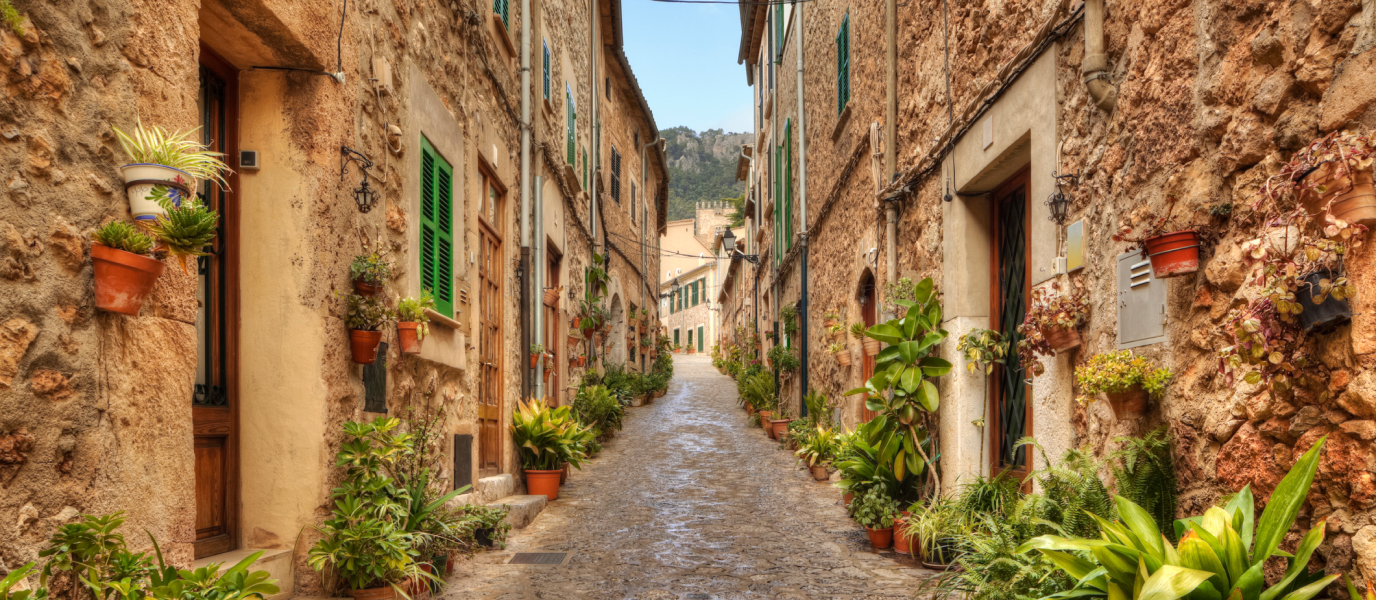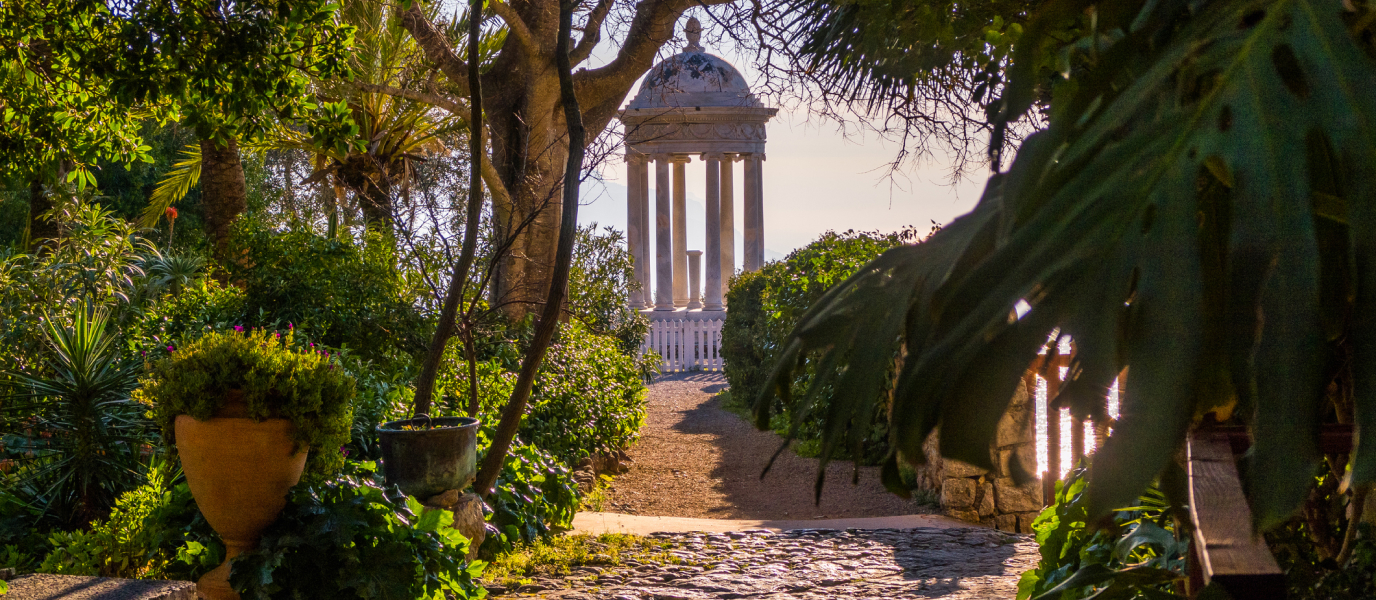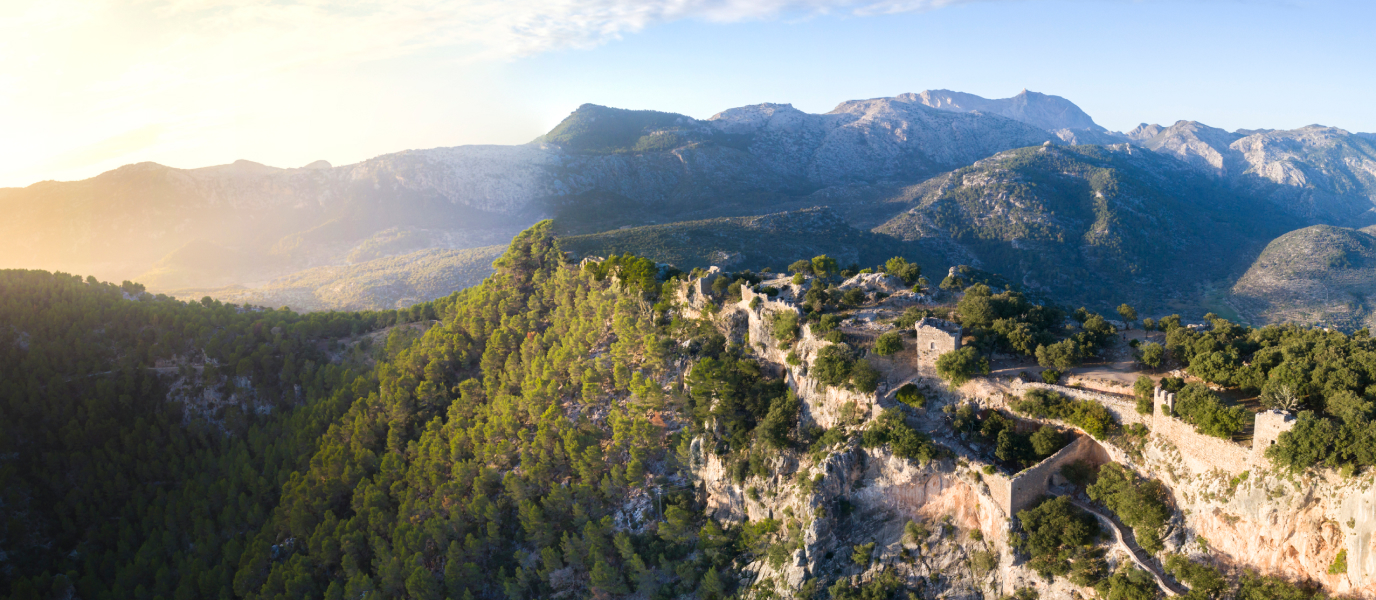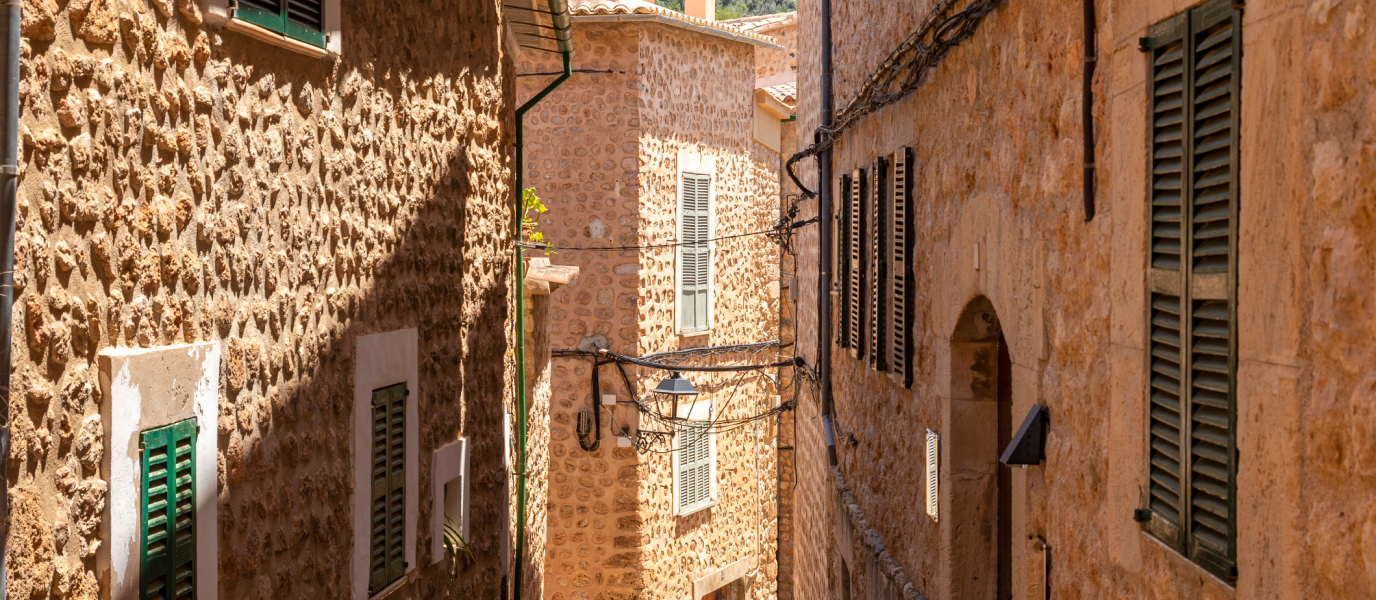The island of Majorca is a universe in itself. Over 3,640 square kilometres, with an overall distance from one point of the island to the other of only 100 kilometres, it gives the traveller the sense of having visited a much larger place thanks to its great variety of landscapes and environments. From the hectic capital city of Palma to the wild northern coves. From the tourist complexes of the eastern coast to the hidden villages of the Tramuntana mountain range or the farming towns of Pla de Mallorca. Each of the island’s 53 municipalities is a world of its own, filled with ancient history and traditions: many of these were founded after the Christian conquest of Majorca in 1229 although over ancient Muslim hamlets or even prehistoric Talaiotic settlements. If you are travelling outside of Palma or wish to explore beyond the hotel’s beach, keep the following in mind: below we offer you some of Majorca’s most enchanting villages.
Manacor, Portocolom and Santanyí: tourist villages on the southeast coast
The south-eastern coast of Majorca is filled with ancient fishing villages and ports that have become an authentic tourism centre of the island. A visit to the Llevant’s capital, Manacor, is highly recommended. It is the island’s second most populated city after Palma and is well known for its pearls and for being the birthplace of international tennis star Rafael Nadal. Nearby we can visit the prehistoric Talaiotic settlement of s’Hospitalet Vell and the impressive Drach and Hams caves. Porto Cristo, some 12 kilometres away, is the city’s natural port, with a beach, a charming maritime promenade and the defensive 16th-century Falcons tower.
Heading further south, Portocolom – belonging to the municipality of Felanitx – is an ancient fishing village that gets its name from Christopher Columbus, since there is a theory that states that the famous explorer was actually born here. Here, the main sights to see are the long pier and Cala Marçal, a white sandy beach extending over 150 metres in length. Following this coastal route south, we reach Santanyí, a traditional coastal town that has become popular among many international artists: its centre is filled with small galleries and workshops of artists who settled in this town. This town’s main highlights are its proximity to the Natural Park of the Island of Cabrera (a boat trip), and its 48 kilometres of coast filled with charming coves.
Alcúdia and other historic villages of northern Majorca
Located in a small peninsula to the north of the island, the town of Alcúdia is one of the most magical corners of Majorca. Facing the Bay of Alcúdia and founded by the Phoenicians, it boasts the only fully preserved wall of all of Majorca because, for centuries, it suffered pirate attacks. Taking a stroll through its centre you will find the ancient stately manors and an open-air market. And in the village outskirts, be sure to visit the Roman amphitheatre – the smallest of Spain – and Port d’Alcúdia.
Bordering the immense Bay of Alcúdia on its opposite side, we find Artà, a historic Majorcan village in a valley of the Llevant mountain range. Its most interesting tourist attractions include the 16th century fort of the Sant Salvador Sanctuary, with a lovely garden boasting views of the village; the Betlem hermitage, inhabited by hermits until 2010; and the Talaiotic settlement of Ses Païsses. Hiking lovers can take their pick from any of the routes offered in the Llevant Natural Park and the Manacor-Artà Rail Trail, a 30-kilometre path that follows the ancient railway that connected these two cities.
And in the north-eastern point of the island, we find Capdepera, a medieval village sitting on a hill with a castle. In its historic centre, there are various 19th century stately manors, while the surrounding area is home to some gorgeous wild coves (Cala Mesquida), impressive caves (the Artà caves), a 13th century defensive tower (the Canyamel Tower) and up to 40 Talaiotic settlements (Claper des Gegants). And, of course, we can’t forget the ancient fishing port of Cala Ratjada, with a 19th century lighthouse located in the Capdepera Point, to the northeast of the island.
Valldemossa, Andratx, Sóller, Deià… hidden gems in the Tramuntana mountain range
Of all of Majorca’s landscapes, surely the most surprising is the Tramuntana mountain range, a mountain chain extending over 90 kilometres along the north-western coast of the island with numerous peaks of more than 1,000 metres, the highest of which is Puig Major (1,445 metres). There are some 20 villages hidden here, in perfect harmony with nature, in this region that has been declared a World Heritage Site by UNESCO.
Starting at the southwest, the port of entry to the mountain range is the municipality of Andratx, known for its modern art galleries and its proximity to the Dragonera Island, which may be visited by boat. Heading up the coast to the north, we come to some picturesque villages such as Estellencs, which offers sea and mountain in a rural setting, just 30 kilometres from Palma, or Banyalbufar, famous for its cultivation houses and terraces built on the mountain slopes since Arab times, as well as Es Port des Canonge, its fishing port. Continuing along our route, we reach an important stop: the charming Valldemossa, a town filled with history, long attracting artists thanks to its incredible beauty. Chopin, after spending a winter here with his partner, author Georges Sand, declared it to be the most beautiful place on Earth. The Cartuja of Valldemossa, a monastery built over the ancient palace of King Sancho I of Majorca and the site where Chopin wintered in 1838, is a must see.
A bit further north, we find Deià, another fairy tale-like spot that has attracted numerous foreign artists, including British author Robert Graves, who lived here until his death in 1985 (you can visit his house-museum, Can Alluny). Another famous individual linked to this town is the Archduke Ludwig Salvator of Austria, an eccentric nobleman enamoured with the island, who began purchasing land and eventually settled in the Son Marroig property, where today, we can visit his house-museum. In the Miramar estate, which the Archduke also purchased and refurbished, we find an ancient monastery that was founded by philosopher and writer Ramon Llull in 1276.
The next stop is Sóller, which we can reach via Palma through some impressive landscapes and tunnels on a train that dates back to 1912. Situated in the valley of oranges, so called because its abundance of this fruit, this lovely municipality has an ancient tram that takes visitors to the Port de Sóller. This has become a very popular summer vacation spot, given its combination of beaches and maritime promenades as well as numerous hiking routes. Another option is to take a mini-cruise to the nearby Torrent de Pareis or to spend the day in the neighbouring village of Fornalutx, considered to be one of the loveliest towns in all of Spain, thanks to the rustic charm of its ancient stone houses and narrow cobblestone roads.
In the northern side of the mountain range, we find Pollença, the northernmost municipality of the island. Here in this medieval town, you should be sure to go up to El Calvario – after climbing 360 steps – and discover the Plaza Mayor with its traditional market. And in the surrounding areas, be sure to visit Port de Pollença, the largest tourism centre, and Cape Formentor, the northern point where the Tramuntana mountain range ends in the Mediterranean Sea.







































































